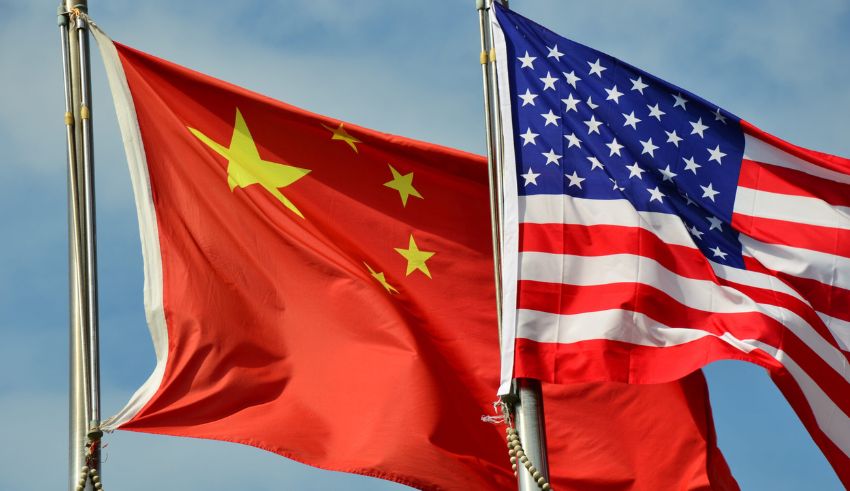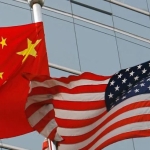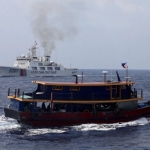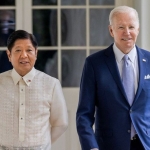
The longstanding feud between the United States and China has seen many chapters, from trade wars to diplomatic standoffs. As these two superpowers navigate their complex relationship, nations like the Philippines find themselves in a precarious position, caught in the crossfire of geopolitical tensions.
The US-China relationship has been a rollercoaster of cooperation and conflict since the establishment of the People’s Republic of China in 1949¹. Over the years, the two countries have grappled with issues ranging from trade to territorial disputes, with each incident contributing to a timeline marked by cautious engagement and outright confrontation.
The Philippines’ Strategic Dilemma
For the Philippines, a US ally with close economic ties to China, the feud presents both challenges and opportunities. The country’s location at the edge of the South China Sea places it at the heart of territorial disputes that have become a flashpoint in US-China relations.
Keep Reading
Recent incidents, such as the harassment of Philippine vessels by Chinese forces at Second Thomas Shoal, underscore the direct impact of the US-China feud on the Philippines. These actions not only threaten the country’s sovereignty but also test the limits of its alliances and its ability to navigate a path between two competing powers.
Economic Implications
The trade war between the US and China has also had repercussions for the Philippine economy. While some analysts suggest that the Philippines could benefit from the realignment of global supply chains, others warn of negative long-term effects.
As the US and China continue their dance of diplomacy and rivalry, the Philippines must tread carefully. The nation’s future prosperity and security may well depend on its ability to maintain a balanced relationship with both superpowers, leveraging its strategic position while safeguarding its national interests.




























